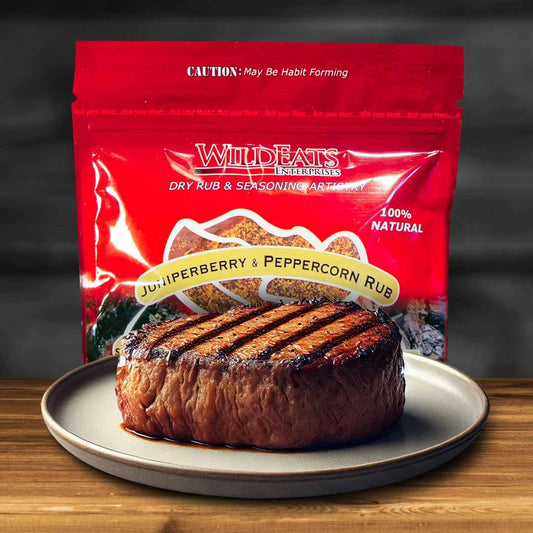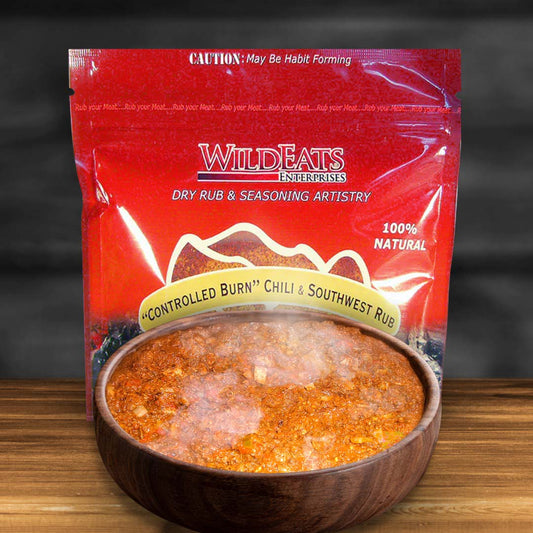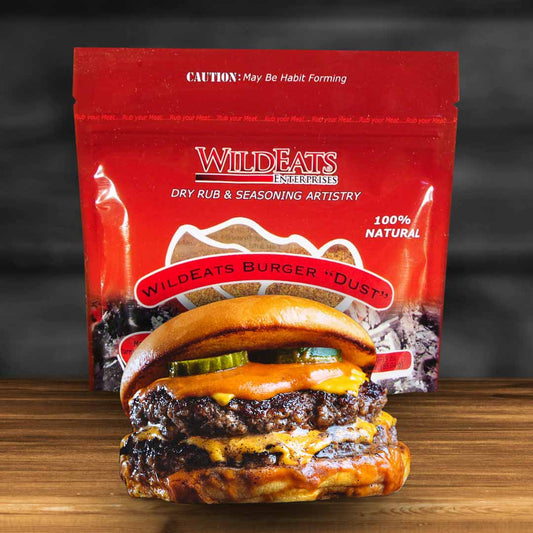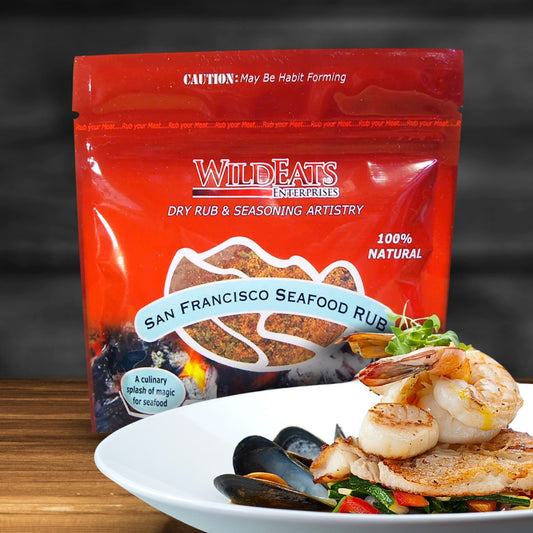As we find ourselves in the middle of summer fishing season I can't help but reflect back to an adventure I had up in Alaska back in the early Nineties...yes that was a long time ago! But the images/memories are still crisp.
Seafood generally needs to be handled simply...but sometimes taking this simply food source and expanding its capabilities is just what the doctor ordered, especially if you have freezers full of one thing and are running out of ways to prepare it that your family will find exciting.
ALASKA, THE LAND OF THE UNEXPECTED
It was mid August, as the late evening sun set over Mt. Illiamna, one of Alaska’s most impressive volcanoes. I was thinking of the opportunity I had just had, in sharing a lesson in utilization with our countries most adaptable citizen’s, the native Alaskan. I was on the Kenai Peninsula with a group of friends that I had met while working on Kalgin Island, at one of Alaska’s premier fishing resorts. We had completed our long and laborious stay at the resort, and now it was time for us to reap the rewards of being in one of nature’s truly rugged wilderness areas.
This is the place where eagles sore and the grizzly rules, where giant halibut will tow you around the Cook Inlet for as long as you are willing to hold on to your rod. This is the place where you take what the good lord is willing to give you .... While you can!! You only take what you will need to get you through the tough winter months to come. Utilization is the first thought when thinking about these people, and so this is the story of how this main lander shared a lesson in utilization, with the people who wrote the book on it
We were out fishing for halibut in the Cook Inlet just outside Anchor Point, Alaska. The weather had given us a good dose of moisture, but this did not discourage us from going out, for we knew what the rewards would be. The delicate firm buttery flavor of Alaskan halibut, just pulled from the depths. Few tastes could compare. As we calculated the tidal charts, to determine when the most productive times would be, I was already conjuring up creative ways to enjoy our harvest. There are not many places that one could do that, and expect to have it follow through, but this was one of them. So we set off into the gray mist that blanketed the inlet. While putting our lines in the frigid steel blue water we had realized that these charts had a larger distribution than we realized it had seemed as though the halibut had also read them. Just like clockwork, the bite was on ... After what seemed like a very short time, we had accomplished our goals, we had our limit of not very large, but very tasty chick halibut. So back to the kitchen we flew.
A sharp fish filet knife is a wonderful tool for quickly removing flesh, but it also has its limitations. In the hurried anticipation of the meal to come, my partners had quickly filleted our spoils. With smiles gleaming, they turned to me and asked if I was ready to go, it was then that I realized that they had overlooked a small but valuable part of our harvest, the framework of the halibut. I quickly grabbed the bones of a good size 25 pounder and started to climb up the bluff towards the house. The boys could not understand why I would waste my energy on the skeletal remains of our fish???
When we finally arrived at the house, we packed a good portion of our fish into freezer paper and into the deep freezer that was out back. Most of the fillets we were just going to grill and enjoy them in their own simple splendor. I grabbed the framework of the halibut that I carried up the bluff, as the boy’s sat around to watch, with a few sarcastic comments thrown in occasionally. I then proceeded to trim the remaining flesh that was on the allegedly clean fish. I was able to remove 1 1/2 # of very usable meat, mostly from the area around the backbone and around the collar. Retrieving a small ax, I chopped the bones and with some onions, celery, garlic, herbs and a splash of white wine, made a refreshing fish fumet. The next day I turned that into a hearty Alaskan halibut chowder, but that’s another story.
With the trim from the bones and rambling around the kitchen to see what was available, I was able to come up with a surprisingly rewarding result. Of course, as I was putting the ingredients together, I would not tell my partners what they were going to finally have for dinner. When I removed the pan from the oven, they could not believe their eye’s, from this bread pan rose a new standard to the Kenai Peninsula.
I know that my pal’s Joe and Jerry are going to enjoy their fare share of A.P.H.M. over the hard cold winter that follows.


ANCHOR POINT HALIBUT MEATLOAF
1 .5 # halibut
4 strips smoked bacon, cut into small pieces
1/2 large onion. diced small
1 tsp minced fresh garlic
2 oz. brandy
1/2 cup dry white wine
3 eggs
1/2 cup dry breadcrumbs
3-4 oz cream
a splash of Worcestershire sauce
2 tbsp fresh chopped parsley
3 tbsp San Francisco Seafood Rub
salt and pepper to taste
parchment paper
9-inch bread pan
Cut the bacon into small pieces and lightly brown in a sauté pan, remove and pour off half the fat. Saute the onions and garlic with that bacon fat, when cooked, about 5 minutes flame with the brandy, then deglaze with the wine. Reduce the mixture to dry and remove from the fire, place on the side to cool. In a mixing bowl lightly beat the eggs, mix with the cream and breadcrumbs and allow the crumbs to absorb the moisture for a few minutes. With your chef knife chop the fish as fine as you can, almost like ground beef. You can use a food processor, but be careful not to over process, because your loaf could become grainy. Once you have chopped your fish you can mix all the ingredients, with a wooden spoon vigorously mix the mixture for a few minutes to insure a smooth consistent texture. Adjust the seasonings, butter the bread pan and line the inside with the parchment paper. Pour the mixture into the pan, spreading it out evenly, give the pan a good drop on the counter a few times. This will force all the mixture to settle on the bottom and give you a good even loaf. Cover the loaf with buttered parchment and aluminum foil, place the bread pan into a water bath.
This could be any container that holds enough water to cover at least half the bread pan, place this on the stove top and bring to the boil. Place in a 350° oven for about 45 minutes, or until you pierce through the foil and into the loaf that the juices run clear. Remove from the oven and allow to sit for about 5 minutes before you turn the loaf out of the pan. Slice it as you would for your ordinary meatloaf but be prepare for an extraordinary treat. You could team this meal with any of your favorite sauces or simply with a splash of lemon juice and virgin olive oil. Whatever you choose I hope you can enjoy this unusual Alaskan treat as much as my partners did on the Kenai Peninsula.








